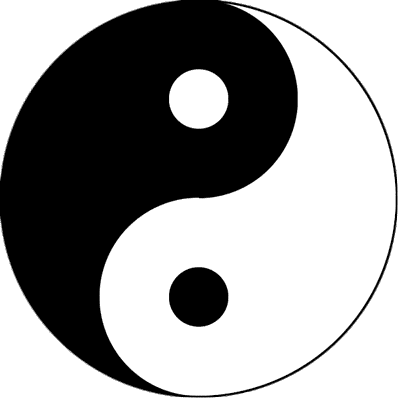Understanding Bloodletting and Qi Flow in Acupuncture Treatment
The Yellow Emperor asked: “Please explain the types of diseases caused by Qi Xie (奇邪, qí xié) that are not present in the meridians.”
Qi Bo replied: “These are diseases caused by pathogenic factors that stagnate in the collateral meridians (Luo Mai, 络脉, luò mài).”
The Yellow Emperor continued: “When bloodletting is performed on the collateral meridians and the patient faints, what is the cause? Why does blood spurt out after needling? Why is the blood dark and thick when released? Why is the blood thin and watery, like juice? What causes swelling in the local skin after removing the needle? Why does the amount of blood released vary, and what does it mean when the face turns pale? Why does the face remain unchanged but the chest feels tight and uncomfortable? And why is there no pain despite heavy blood loss?”
Qi Bo explained: “For individuals with excessive pulse Qi but deficient blood, the Qi is likely to escape when needled, causing the patient to faint. When both Qi and blood are abundant, but there is a predominance of Yin in the meridians, the blood flows smoothly and the blood released during needling will spurt out. If Yang Qi accumulates in the blood vessels and has been stagnant for a long time, the blood becomes dark and thick and cannot spurt out. If the patient has recently consumed water, the fluids will enter the collaterals and are not yet mixed with blood, making the released blood clear and watery. If the patient hasn’t just consumed water, it indicates that there is an accumulation of water Qi in the body, which over time can lead to edema. When Yin Qi accumulates in the Yang regions, obstructing the collaterals, blood may not flow initially, but Qi will precede it, causing localized swelling in the skin. When Yin and Yang Qi are just starting to harmonize, and a draining technique is used, it can cause the depletion of Yin and Yang, leaving the interior and exterior disconnected, leading to a pale complexion. If more blood is drawn during the needling but there is no change in complexion and the chest feels tight, it’s because needling has weakened the meridians, and a weakened meridian, connected to the Yin of the internal organs, causes deficiency. This deficiency leads to discomfort in the chest. When both Yin and Yang evils combine and create Bi Zheng (痹症, bì zhèng), the evil Qi overflows from the meridians and affects the collaterals. In this case, both Yin and Yang excesses exist, which is why even with blood loss, the meridians do not become weakened.”
The Yellow Emperor asked: “How can we observe the collateral meridians?”
Qi Bo replied: “When the blood vessels are abundant, the collaterals are hard, swollen, and red, and may be located anywhere, large or small, ranging from the size of a needle to the size of chopsticks. In such cases, bloodletting through the collaterals is highly effective. However, one must strictly adhere to the principles of acupuncture; failure to do so may result in adverse outcomes, as mentioned earlier.”
The Yellow Emperor asked: “When the needle is inserted into the body and is surrounded by muscle tissue, what causes the needle to be trapped?”
Qi Bo answered: “This occurs because the body’s heat causes the needle to warm up. As the needle warms, it causes the muscles to tighten around it, making it difficult to move the needle.”
